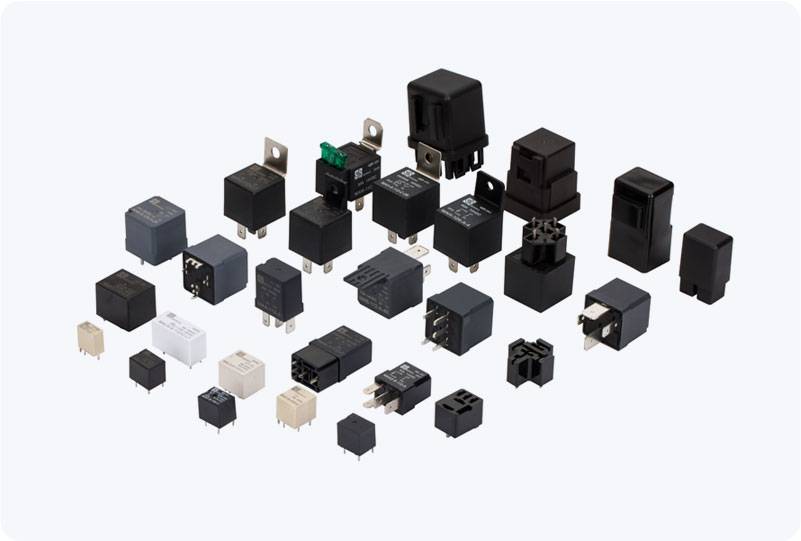understanding plc control relay: key components and applications in automation
Release time:2025-11-20 11:03:29
Programmable Logic Controllers (PLCs) have revolutionized industrial automation, enabling manufacturers to control complex processes and machinery with precision. One of the essential components of a PLC system is the PLC control relay. This device plays a crucial role in bridging the communication between the PLC’s electronic control signals and the physical machinery it operates. In this article, we will explore what PLC control relays are, how they function, and why they are important in automation systems.

What is a PLC Control Relay?
A PLC control relay is an electrically operated switch used in industrial control systems to open or close circuits based on signals from a PLC. It acts as an interface between the low-voltage digital output of a PLC and the high-voltage, high-power devices such as motors, lights, and valves. PLCs are typically designed to control low-power electronics, so relays are used to switch higher power devices that the PLC cannot handle directly.
A relay in a PLC setup consists of a coil, a set of contacts, and a mechanism for switching the contacts. When the PLC sends a signal, it energizes the coil, causing the relay’s contacts to either open or close, depending on the relay’s configuration. This action triggers the connected device to either turn on or off.

